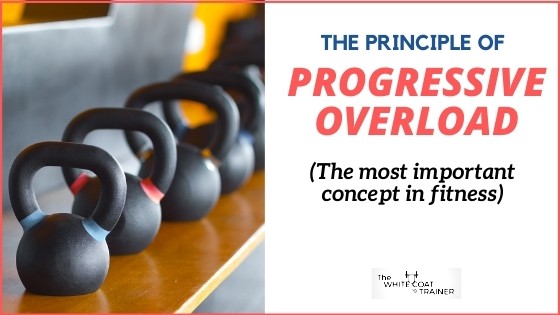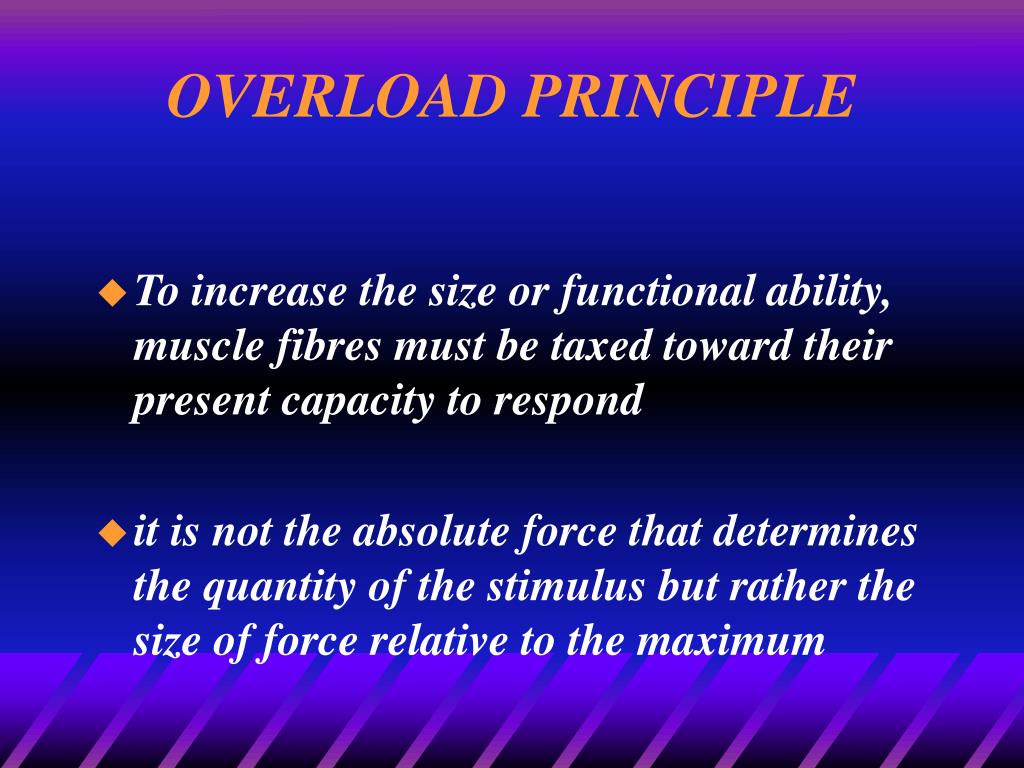

If the exact same load, volume, and variation are used in perpetuity, eventually no additional adaptations will occur. As athletes progress higher intensity and volume is required to spur further adaptation. For example, young athletes will be provided enough overload with relatively light loads and low volumes of training. Intensity: increase the load or velocityĮxactly what qualifies as overloading will change as an athlete progresses as well as throughout the competitive year.Overload can be applied in a few different ways: This principle is simply that a stimulus must be stressful enough that the body is forced out of homeostasis. You will likely be able to develop a new pitch to a very high level, while still potentially gaining some velocity, without the pitch design portion being inhibited. Improving throwing velocity requires an athlete to be fresh and for volume to be limited, while designing a completely new pitch requires high volumes of throwing. For example, maximally improving throwing velocity and designing a new pitch may not be very compatible. The same is true in the context of throwing training-certain training goals are not compatible. However, if the distance runner overloads strength training they are unlikely to inhibit their endurance development. A powerlifter will likely limit their performance by overloading endurance training as part of their program. This point is illustrated well by a powerlifter and a distance runner. Endurance performance is improved by maximal strength improvements as strength improvements still occur and VO2 max is not inhibited (Hickson, 1980). Research has shown us that attempting to improve maximal strength while overloading endurance training has an interference effect and can limit how much strength will be improved. Specificity has important implications for how significant an adaptation can be and what training modalities fit together. But if we consider throwing over and underload balls, there is likely to be an even greater transfer as it is very close to the end goal task (i.e. Even though the motion is not too similar to the task of throwing, there is some transfer as dumbbell bench press targets some of the main muscles called on during the act of throwing. For example, dumbbell bench pressing may help improve the strength of the pecs and triceps through horizontal adduction and elbow extension which may have a positive effect on throwing velocity.

Specificity can be viewed on a sliding scale based on the transfer of training to the competition movement. If you want to get better at throwing a baseball, are you going to throw a baseball or shoot a basketball? This is the SAID principle (specific adaptations to imposed demands) in action. This is the most important principle when it comes to improving performance in any area. There are four main features that dictate the training response and adaptations that will occur: In this case, we will use improved throwing velocity as the main goal. When a training program is designed the goal is to achieve specific adaptations that lead to performance enhancement. Similarly, improvements in throwing velocity rely on this same principle. The better an organism is able to adapt to the stimuli it encounters, the more likely it is to survive in the long term. Before we get to the principles of periodization and how they relate to improving throwing velocity, it’s important to understand how the body adapts.īiological organisms all share one important feature: the ability to adapt to their environment in order to prioritize survival.

This has manifested itself in the form of the periodization of training.

If you train hard and are consistent for a long period of time, you’ll likely get better at your chosen sport, right? Well maybe, but it depends on the specifics of how you choose to spend your training time and the biological response to that training.


 0 kommentar(er)
0 kommentar(er)
